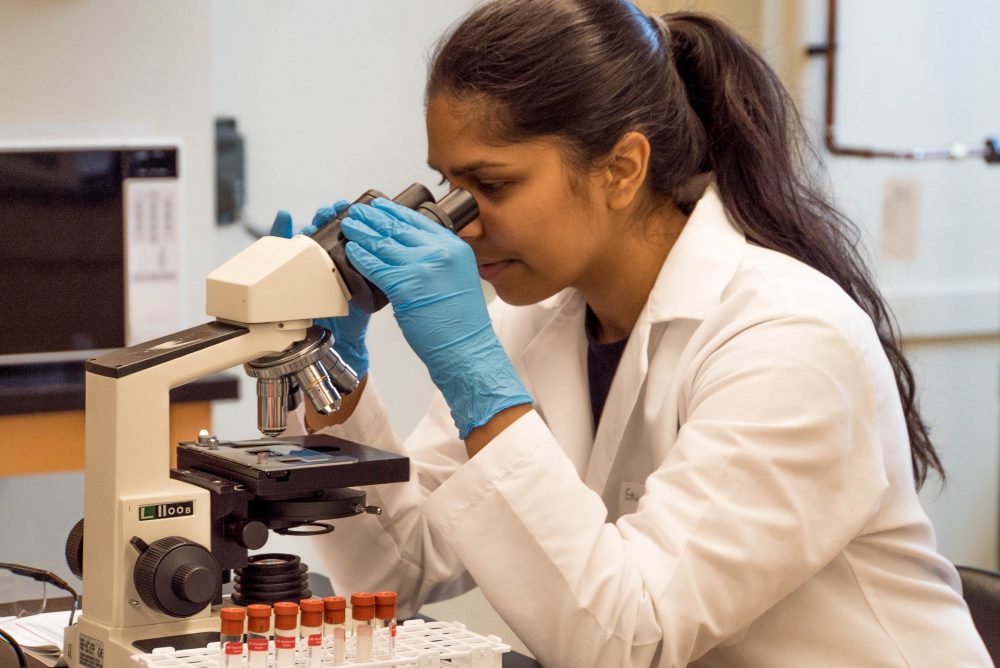
The parasitic nematode Angiostrongylus cantonensis normally lives in the lungs of rats and cycles through slugs and snails. People get infected by eating infected snails or transport hosts such as crustaceans and fish, or by drinking water containing parasite larvae. Larvae then migrate through the body and preferentially to the brain, with serious consequences. Angiostrongylosis is the leading cause of eosinophilic meningitis worldwide. A recent study on the island of Mayotte found a 36% case fatality rate in children under the age of two years. Young children are at greater risk as curiosity leads them to play with snails, and this contact can lead to infection.
Although a tropical disease, angiostrongylosis has been spreading, invading new areas such as Australia and the south-east USA. The burden of disease is less well characterised in poorer countries, but likely to be high. Attempts have been made to investigate links between climate change and parasite spread, but these suffer from limited knowledge of climatic effects on parasite development, and complexities of host behaviour, e.g. snail responses to climate, and social and cultural factors modifying human exposure. A new interdisciplinary approach is needed if we are to predict future global parasite distribution and disease risk.
We propose to build a team with complementary expertise, to drive a new externally-funded research programme on the epidemiology of angiostrongylosis under climate change. The consortium would meet in the field for a practical workshop and informal exchange of ideas, supplemented by telecommunication. Outcomes will be publications and grant applications to achieve a step change in understanding of the processes leading to disease emergence and ways to combat it to support human health under climate change.